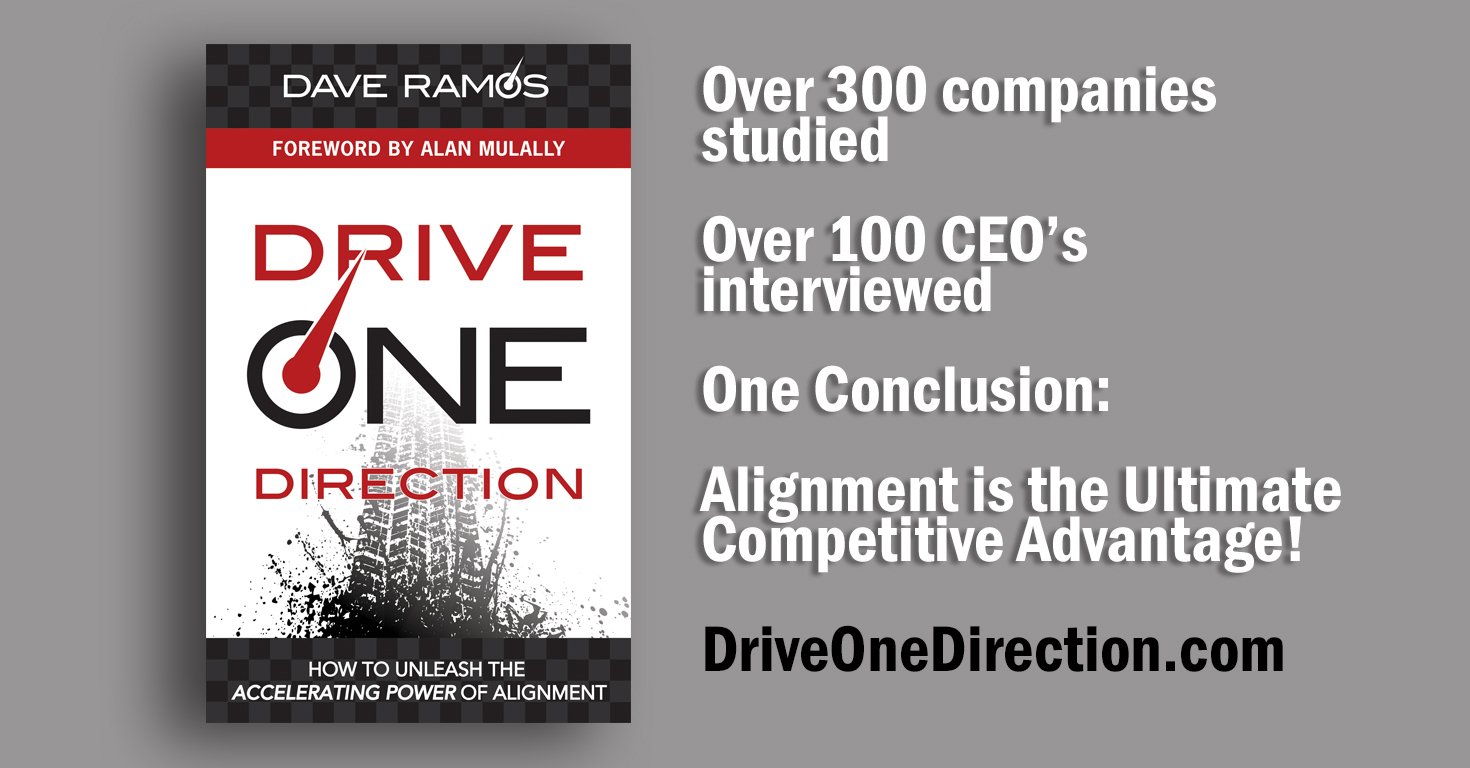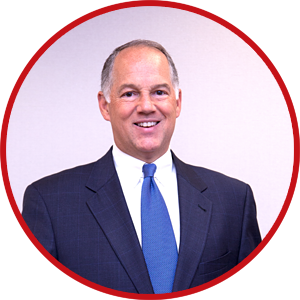
Note: This is an excerpt from my latest book, Drive One Direction: How to Unleash the Accelerating Power of Alignment. In the One Plan chapter, we highlight companies who unleashed the accelerating power of alignment with an intense focus on their corporate plan.
Google (NASDAQ: GOOG) has a huge mission: organize the world’s information and make it universally accessible and useful.
They keep everyone—and everything—aligned with a system known as “OKRs.”
The “Objectives and Key Results” model was developed by Andy Grove at Intel.
John Doerr, the chair of venture capital firm Kleiner Perkins, introduced the OKR system to Google in 1999, shortly after investing in the company. He describes OKRs as “a management methodology that helps to ensure that the company focuses efforts on the same important issues throughout the organization.”
The first step in the process is to develop objectives. Objectives are sometimes described as “strategic themes” or “burning imperatives.” Companies generally set no more than five corporate objectives. They should be clear, ambitious, and inspirational. For example, one of your objectives might be to “Develop a world-class workforce.”
The next step is to develop a set of key results for each objective. These are specific, measurable, and much more tactical. Most companies will have three to five key results for each objective. For example, you might set a key result to “increase employee engagement from 75 percent to 85 percent.”
These are company-wide OKRs, but for greater alignment, OKRs are often used at all levels. This helps ensure that all work is aligned with your goals.
“At our scale, it’s important to focus and do it well,” Sundar Pichai, CEO of Google, explained, “When you can align people to common goals, you truly get a multiplicative effect in an organization.”
There are a few aspects of Google’s OKR model that differentiate them from other management systems.
First, OKRs are based on transparency. Everyone can see everyone else’s OKRs.
Second, at Google, OKRs are reset quarterly. They have done this since the beginning. Thus, for over seventy-five consecutive quarters, Google executives have thoughtfully and deliberately worked through the goal-setting and alignment process.
Third, Google separates the OKR process from the HR performance appraisal process. That is because they want the company—and every employee—to set extremely ambitious “moonshot” objectives.
In the nearly twenty years since Doerr introduced OKRs, Google has grown to over 80,000 employees. And OKRs have been a key component of their success.
“OKRs have helped lead us to 10X growth, many times over.” said Alphabet CEO and Google co-founder Larry Page. “They’ve kept me and the rest of the company on time and on track when it mattered most.”
The OKR model has worked for Google—and hundreds of other companies.
What methodology does your company use to set and cascade goals?


